Part 2, Continued:
Because there's some glitch in being able to access the last two postings in this thread I posted in January, I'm reposting these last postings in this and a subsequent thread after this.
Houzz won't let me post the entire thread in a single posting, so I have to break the posting up into sizes which Houzz will accept. The entire thread is organized as follows:
- Part 1: Introduction and Finding Land
- Part 2: Designing the Home,
- Part 2: Designing the Home, continued
- Part 3: Building the Home
The first two parts can be found by searching Houzz. For some reason the last two parts disappeared. So I'm reposting them here.
Part 2: Designing the Home, Continued
--Architectural
styles: When it comes to architectural styles, we all have individual preferences. There are no “right” or “wrong” styles, but there are many which may not fit a particular location, site, function or budget of an owner. For example, there are legitimate and respected historical architectural styles. There are more “modern” derivatives and derivations of historical styles. There are truly “modern” and “contemporary” styles, such as Modern or international Style and what has come to be called Mid-Century Modern. And there is “vernacular” design, where regional characteristics are used to create custom and creative designs appropriate for a given geographical region. Iin the tract and builder’s world, there is little true architectural design, but a great emphasis on interior and exterior “features” and flourishes. Regardless of style, however, creative and timeless architectural design is one where there is an honest and harmonious use of forms, scale, proportion and materials. The old saying, “Less is more!” has never been more true than in strong and enduring architectural design. Seek simplicity!
--Design and construction phases: Typically, architectural design is organized into phases, each building on the work of the previous phase. The common phases are: 1) Schematic design—where various concepts and alternatives are explored and a major overall organizing concept is identified and becomes the basis for all further design efforts; 2) Design development—where the major concept is further developed, refined and all major design issues identified and clarified; 3) Construction documents—where the detailed construction drawings and written specifications are prepared sufficient for subsequent bidding and construction; 4) Bidding documents—where
documents for either competitive bidding or negotiated bid are prepared, distributed and results evaluated; 5) Jurisdictional reviews & approvals--The necessary reviews and approvals for new house design and construction vary jurisdiction by jurisdiction. No two jurisdictions may be alike in required reviews and expenses. A design review may be required in some jurisdictions. A construction or building permit is almost always required in every jurisdiction before construction may begin. Owners should familiarize themselves with this review and approval process, the types of drawings required for submittal and review, the cost and length of time required; 6) Award
of construction contract and construction observation and administration—where the construction contract is finalized, construction begins and periodic observation and administration take place.
--“Charrette” method for design: Some architects and owners prefer to work intensively together for a number of hours, over a period of days, in the early stages of the project to establish the overall concept for the design and combine elements of Schematic Design and Design Development into a single intensive phase of work. Ask your architect if s/he will work in this manner with you if it appeals to you, as well as to also work out a strategy to
complete the remaining phases of construction documents.
--Simplicity & timelessness: As mentioned previously, the best architectural design has always had the elements of simplicity and timelessness. It’s very easy to over-complicate an architectural design and make it confusing, rambling and incoherent. And expensive. Almost anyone can take a handful of rooms and connect them together without a concept or sound reason. It takes a great deal of skill and experience to make things simple and enduring. Strive for simplicity. You and your budget will be glad you did. Simple is hard, but it’s always
better in the long run.
--Importance of natural light: Nothing makes a home more enjoyable and restful, over time, than an abundance of natural light. To achieve good natural lighting, the major rooms of the house must be oriented to the south, and, just as importantly, the house must not be more than 1-2 rooms deep for all of the major public spaces to receive natural light. To maximize natural light, ideally all the major spaces should have at least two exterior walls with appropriate windows and/or skylights, clearstories or monitors. Often, “L”, “T”, “C” and “U” shaped designs will enable good natural lighting, as well as taking advantage of views and linking appealing, usable outdoor spaces. Beware of designs which are “deep” designs, i.e., several rooms deep or more, which will always be dark, unappealing and cave-like. “Deep” houses also create large, bulky and expensive roofs with lots of intersections and potential leak points. Never locate storage and minor spaces on exterior walls.
--Prioritize what’s really important: If lifestyle and budget are important, emphasize “needs”, and keep “wants”
secondary. For example, does one really need a master bedroom and bath suite which is the largest space in the entire house? Keep in mind that a family grows and changes over time. What seemed really important may not be so important at all in 5-10 years.
--Good bones vs. “features”: Always strive, first and foremost, for a house with good bones—clear and appropriately sized major spaces; efficient circulation spaces; and a variety of interior spatial experiences. HGTV and builder’s houses encourage us to seek features. Features are trendy, come and go, but good bones are forever. Strive for good, durable bones!
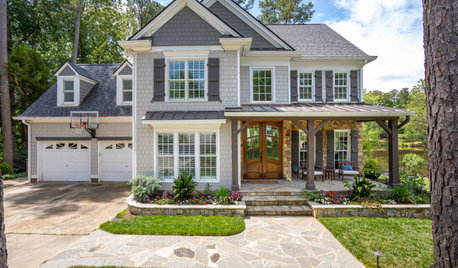
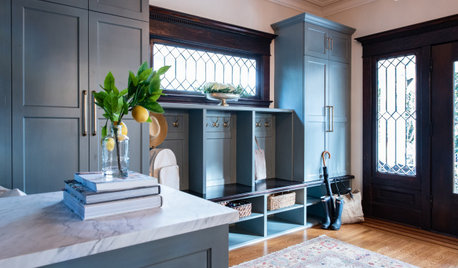
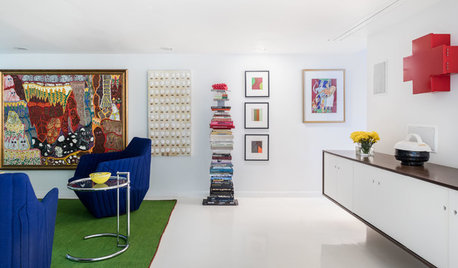

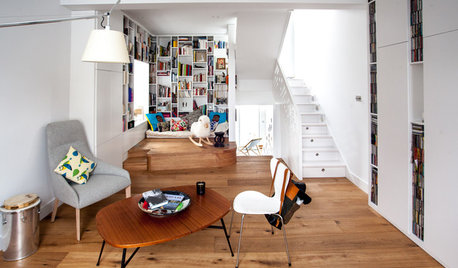
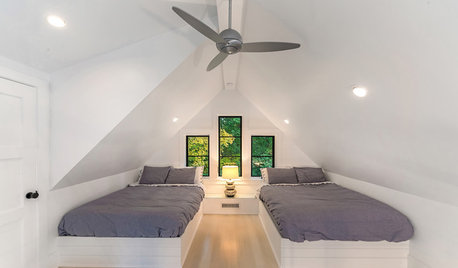
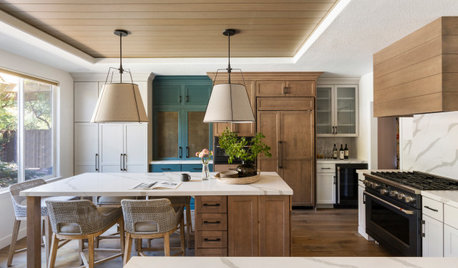
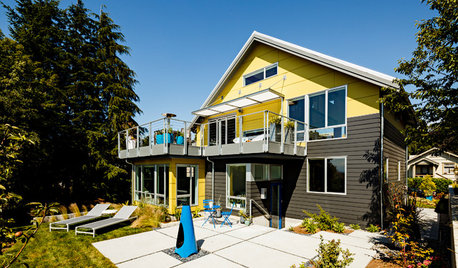
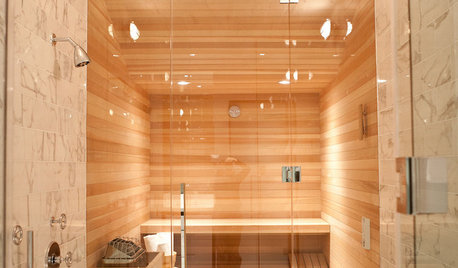







Marilyn Denisco
Virgil Carter Fine ArtOriginal Author
Related Discussions
Virgil's Threads on Buying Land, Designing and Building A Custom Home
Q
Buying Land, Designing and Building A Custom Home, Part 3
Q
How much does this house cost to build?
Q
Layout and design of a new home
Q